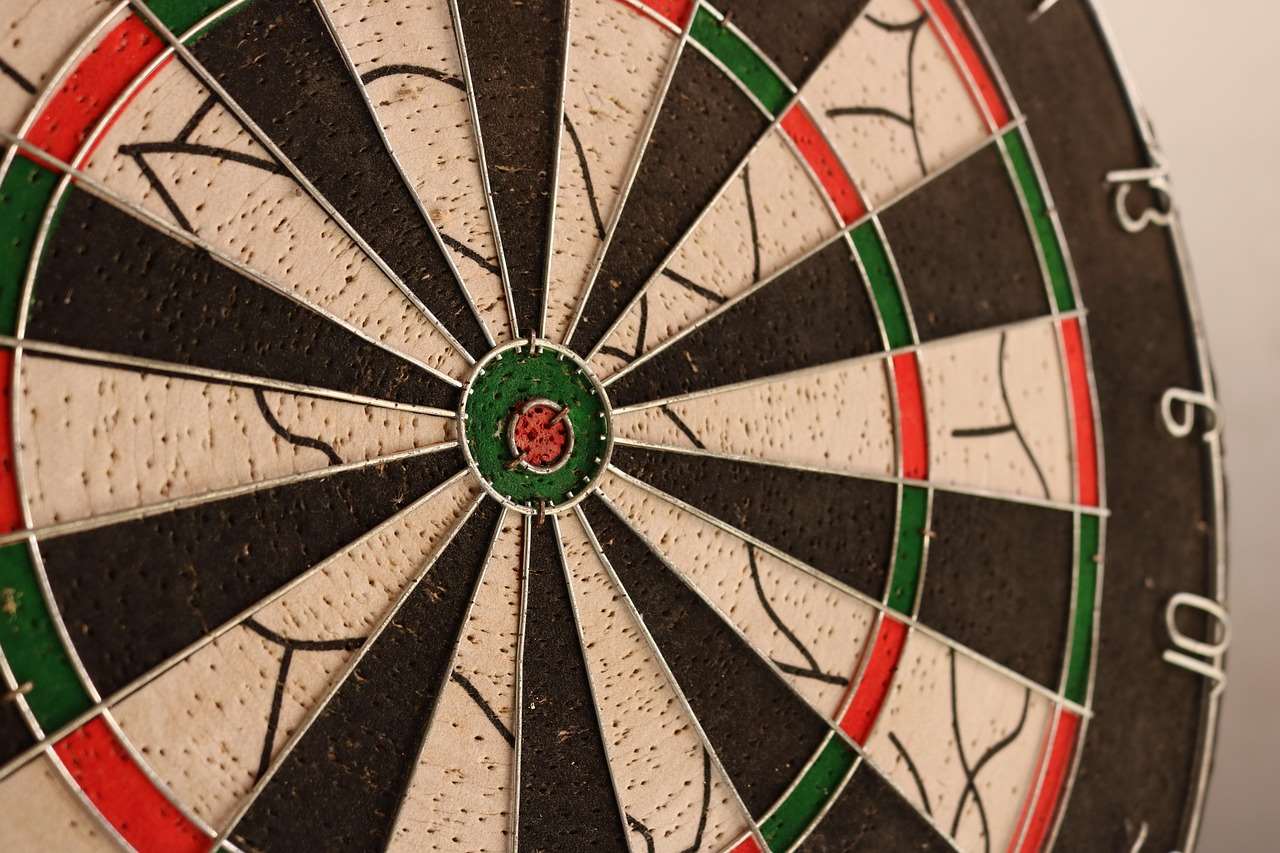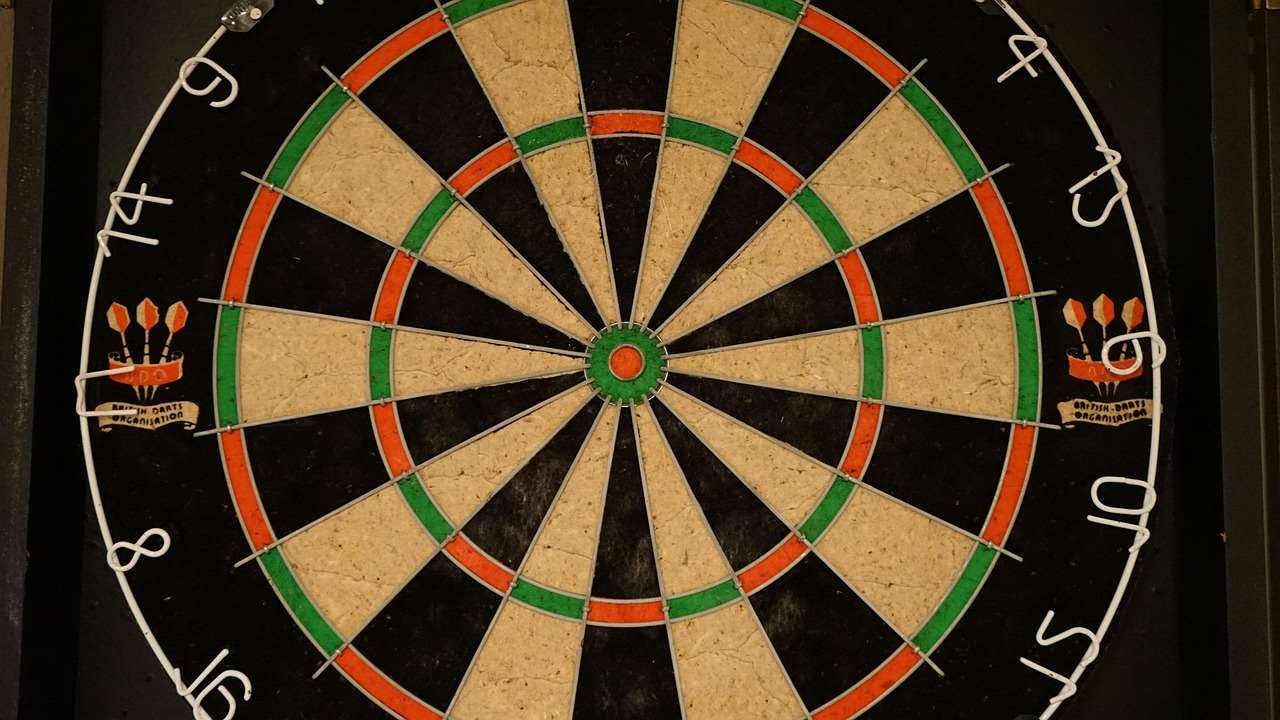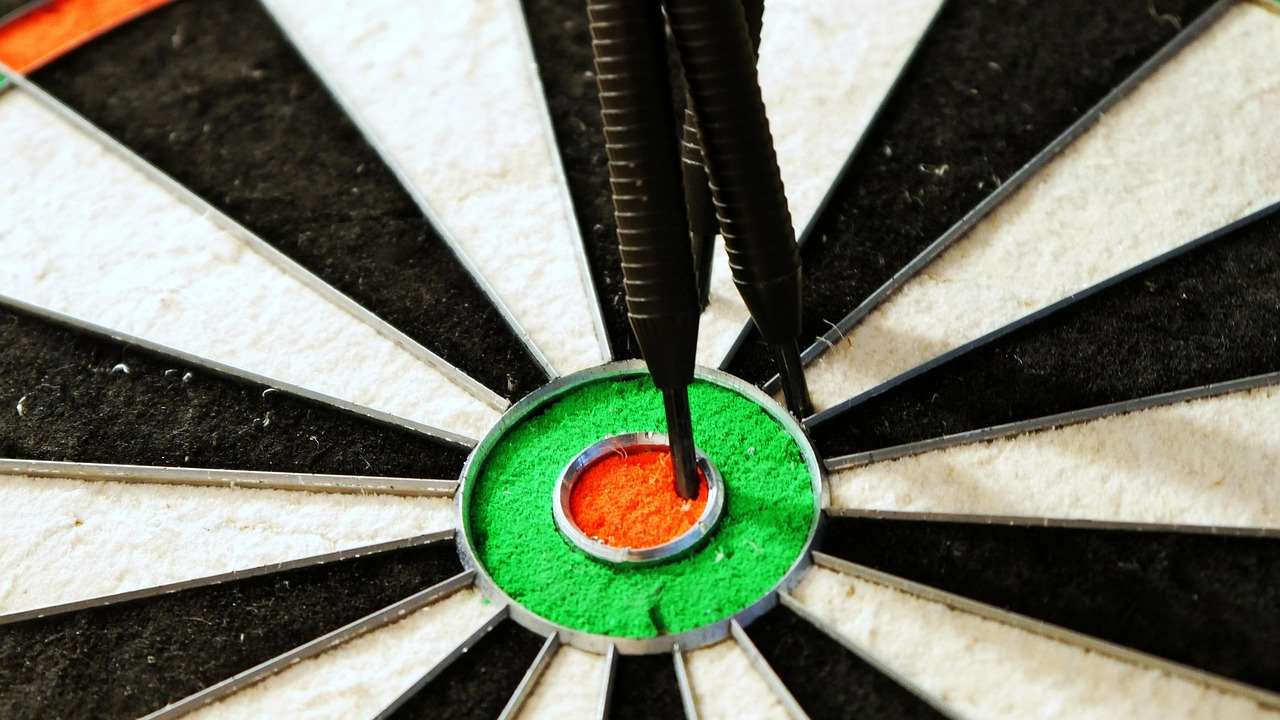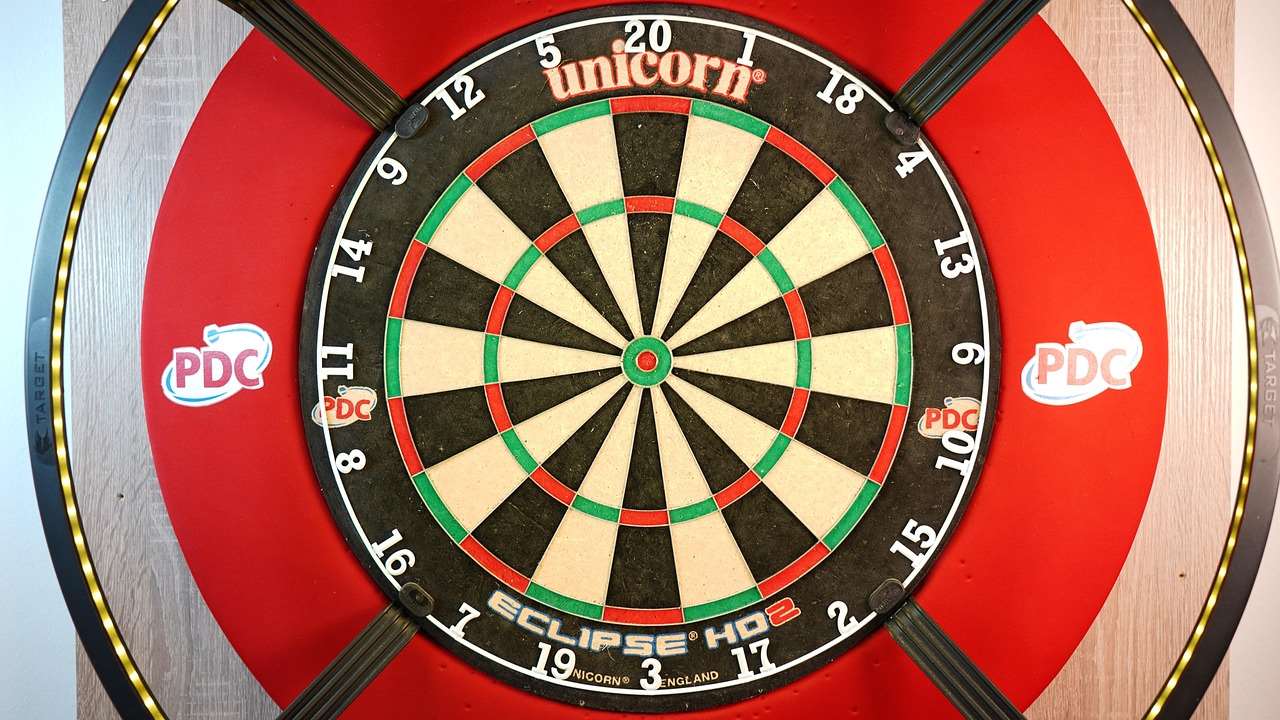Seeing your scoring darts falling out board is incredibly frustrating, often stemming from issues with your dartboard, darts, or throwing technique; the solution often involves addressing these core problems to ensure better dart adhesion. This article will explore the common reasons for this issue, providing practical solutions and tips to improve your darting experience.
⚠️ Still Using Pen & Paper (or a Chalkboard)?! ⚠️
Step into the future! The Dart Counter App handles all the scoring, suggests checkouts, and tracks your stats automatically. It's easier than you think!
Try the Smart Dart Counter App FREE!Ready for an upgrade? Click above!
Understanding Why Scoring Darts Falling Out Board Occurs
There are several reasons why you might be experiencing the annoyance of scoring darts falling out board. Identifying the root cause is the first step in addressing the problem. Here are some of the most common culprits:
- Dartboard Condition: A worn-out or poorly maintained dartboard is a frequent offender.
- Dart Quality: Darts with blunt or damaged tips are less likely to stick.
- Throwing Technique: An inconsistent or improperly executed throw can cause glancing blows.
- Room Temperature and Humidity: Extreme conditions can affect the board’s sisal fibers.
- Dartboard Density: The density of the sisal fibers is not the same for all dartboards. Some dartboards are simply of lower quality.

Dartboard Maintenance and Preparation
Proper dartboard maintenance is crucial for preventing scoring darts falling out board. Here’s a breakdown of essential steps:
Regular Rotation
Rotating your dartboard regularly evens out wear and tear. Most dartboards are designed to be rotated. This prevents certain areas, like the 20 segment, from becoming overly worn, which can lead to darts bouncing out.
- Frequency: Rotate the board every few weeks, or more often if you play frequently.
- Method: Simply remove the number ring and rotate the board to a new position. Secure the number ring back in place.
Moisturizing the Dartboard
A dry dartboard is more prone to darts bouncing out. Maintaining proper moisture levels in the sisal fibers helps the board “heal” itself after each throw. You can lightly mist your dartboard with distilled water occasionally. Avoid over-wetting it, as this can damage the board.
Cleaning the Board
Dust and debris can accumulate on the dartboard surface, hindering dart adhesion. Gently clean the board with a soft brush to remove any buildup. Avoid using harsh chemicals or solvents.

Dart Selection and Maintenance
The quality and condition of your darts play a significant role in whether or not they stick in the board. Here’s what to consider:
Choosing the Right Darts
Experiment with different dart weights and styles to find what works best for you. Heavier darts tend to penetrate the board more easily, but ultimately, the best dart is the one you throw most consistently.
Sharpening Dart Points
Dull dart points are a primary cause of scoring darts falling out board. Regularly sharpening your dart points with a dart sharpener is essential. A slightly rough point will grip the sisal fibers better than a smooth, blunt point.
- Frequency: Sharpen your dart points every few games, or whenever you notice them becoming dull.
- Technique: Use a dedicated dart sharpener to avoid damaging the points. Work the point gently against the sharpening surface in a circular motion.
Checking Dart Point Condition
Inspect your dart points regularly for burrs or damage. Remove any imperfections with a fine file or sandpaper. Replace damaged points as needed.

Refining Your Throwing Technique
Even with a well-maintained dartboard and sharp darts, an inconsistent throwing technique can lead to bounce-outs. Focusing on the basic darts fundamentals for beginners is very important. Consider these tips:
Stance and Posture
Maintain a consistent stance and posture each time you throw. Find a comfortable position that allows you to maintain balance and control.
Grip
Experiment with different grips to find one that feels natural and secure. Avoid gripping the dart too tightly, as this can lead to tension and an erratic throw.
Release
Focus on a smooth, controlled release. Avoid snapping your wrist or jerking your arm. Follow through with your arm towards the target.
Consistency
Practice regularly to develop consistency in your throwing technique. The more consistent you are, the fewer bounce-outs you’ll experience. Even adapting darts rules for beginners can improve your skills over time.

Environmental Factors and Considerations
The environment in which you play darts can also impact dart adhesion.
Temperature and Humidity
Extreme temperatures and humidity levels can affect the sisal fibers of the dartboard. Avoid placing your dartboard in direct sunlight or near sources of heat or moisture. Try to maintain a consistent room temperature and humidity level.
Dartboard Placement
Ensure your dartboard is mounted securely and is level. A wobbly or uneven dartboard can cause darts to bounce out more easily.
Other Potential Causes and Solutions
Using the Wrong Type of Dartboard
There are different types of dartboards, such as bristle dartboards, electronic dartboards, and paper dartboards. Bristle dartboards are generally the best for steel-tip darts. Using steel-tip darts on an electronic dartboard can damage the board, and using them on a paper dartboard simply won’t work.
Low-Quality Dartboard
Sometimes, the problem isn’t you or your darts – it’s the dartboard itself. Low-quality dartboards may have inconsistent sisal density or poor construction, leading to frequent bounce-outs. Investing in a reputable brand can make a significant difference. Consider reading online reviews before purchasing a dartboard.
Magnetic Darts
If you’re using magnetic darts on a magnetic dartboard, ensure the magnets are strong and properly aligned. Weak or misaligned magnets will result in darts falling off the board.
Lighting
Inadequate lighting can affect your accuracy and consistency, indirectly contributing to bounce-outs. Ensure your dartboard is well-lit with a dedicated dartboard lighting system or appropriate ambient lighting.

Advanced Tips and Tricks
Once you’ve addressed the fundamental issues, here are some advanced tips to further reduce the chances of scoring darts falling out board:
- Using Dartboard Surrounds: Dartboard surrounds protect your wall from stray darts and can also help catch darts that bounce out.
- Applying Grip Wax: A small amount of grip wax on your fingertips can improve your grip and control over the dart.
- Analyzing Dart Trajectory: Pay attention to the angle at which your darts enter the board. If they’re consistently hitting at a shallow angle, adjust your throwing technique accordingly.
- Experimenting with Different Dart Setups: Try different combinations of dart barrels, shafts, and flights to find the setup that optimizes your dart trajectory and penetration.
When to Replace Your Dartboard
Even with diligent maintenance, dartboards eventually wear out. Here are some signs that it’s time to replace your dartboard:
- Excessive Wear and Tear: The board is heavily worn, with numerous holes and a soft, spongy feel.
- Frequent Bounce-Outs: Darts are consistently bouncing out, even after sharpening the points and adjusting your technique.
- Loose Sisal Fibers: The sisal fibers are becoming loose and are easily dislodged.
- Visible Damage: The board has cracks, splits, or other significant damage.
Replacing your dartboard with a new, high-quality board can significantly improve your darting experience and reduce frustration.
Conclusion
Dealing with scoring darts falling out board can be a frustrating part of playing darts, but by understanding the common causes and implementing the solutions discussed in this article, you can significantly improve your dart adhesion and overall playing experience. Remember to regularly maintain your dartboard and darts, refine your throwing technique, and consider environmental factors. By taking these steps, you’ll be well on your way to sticking more darts and enjoying your games even more. Now that you’ve mastered this aspect, why not explore simplified 501 game rules for novice players and enhance your game further?
Hi, I’m Dieter, and I created Dartcounter (Dartcounterapp.com). My motivation wasn’t being a darts expert – quite the opposite! When I first started playing, I loved the game but found keeping accurate scores and tracking stats difficult and distracting.
I figured I couldn’t be the only one struggling with this. So, I decided to build a solution: an easy-to-use application that everyone, no matter their experience level, could use to manage scoring effortlessly.
My goal for Dartcounter was simple: let the app handle the numbers – the scoring, the averages, the stats, even checkout suggestions – so players could focus purely on their throw and enjoying the game. It began as a way to solve my own beginner’s problem, and I’m thrilled it has grown into a helpful tool for the wider darts community.